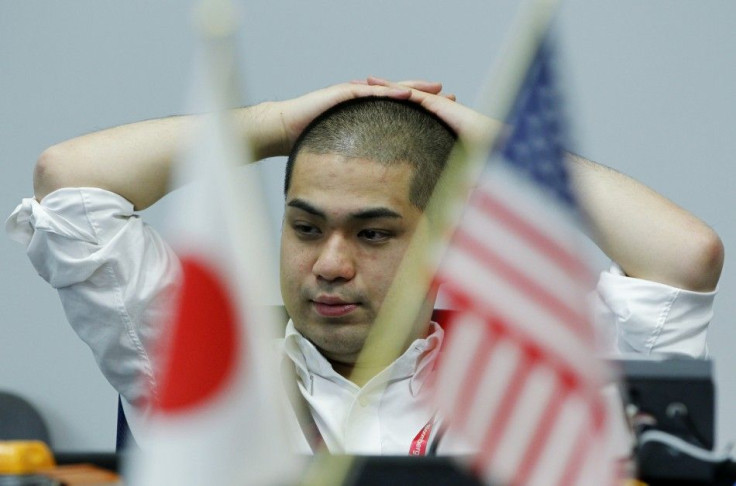A Sense of Calm is Returning to the Markets: Omnivest

Tom Sowanick is Co-President and Chief Investment Officer of Omnivest Group in Princeton, N.J.
There is a clear sense of calm returning to the financial markets after the horrific earthquake in Japan and the leveling of the playing field in Libya. Though the damage associated with Japan’s earthquake is clearly immense, its economic impact will mostly be localized. The initial fears that the damage to Japan would translate into a weakening of the global economy has eased over the past week.
Japan contributes approximately 9 percent to global GDP and therefore should not have a lasting, nor deep impact on the global economy.
The actions taken by G-7 earlier in the week to try and weaken the yen should send a very strong message to global investors in that the intervention was specifically made to calm global financial markets. Their efforts have resulted in higher equity prices globally, a weaker yen and finally a stronger appetite for risk assets, generally.
The devastation from the earthquake in Japan will likely temper any call for the Federal Reserve to invoke a shift in monetary policy. While fears are beginning to surface about how financial markets and the economy fair at the end of QE2, we find that these fears are largely misplaced. Recent reports suggest that last summer’s stock market performance and general economic weakness was directly related to the Federal Reserve’s shrinking of their balance sheet during that period.
Our own analysis shows that while their balance sheet did contract, it did so only by approximately $25 billion from April-August 2010, a sum that we believe is quite small to have any impact on a $14 trillion economy. It is our view that the end of QE2 should be embraced as another step towards financial market stability. The fact that banks can now pay off their government loans, buy back shares and raise dividends illustrates the strength of the recovery from the 2008 financial crisis.
The broad weakness of the US dollar over the past week strongly suggests that risk-on trades are retuning in the market as investors seek to maximize their yield from higher-yielding currencies.
Similarly, we are beginning to see signs that the high-yield bond market is outpacing the returns of the investment grade market, yet another positive sign relative to investor willingness to take on risk in the current economic environment.
We believe that investors should look at the recent pocket of weakness across various asset classes and take the opportunity to add to risk in relation to their current exposure to cash or cash-like securities. More importantly, we continue to recommend that investors unwind bond ladder strategies while the yield curve remains very steep. We also recommend adding to emerging market equities, given the sell-off we have experienced in recent months.
© Copyright IBTimes 2024. All rights reserved.





















